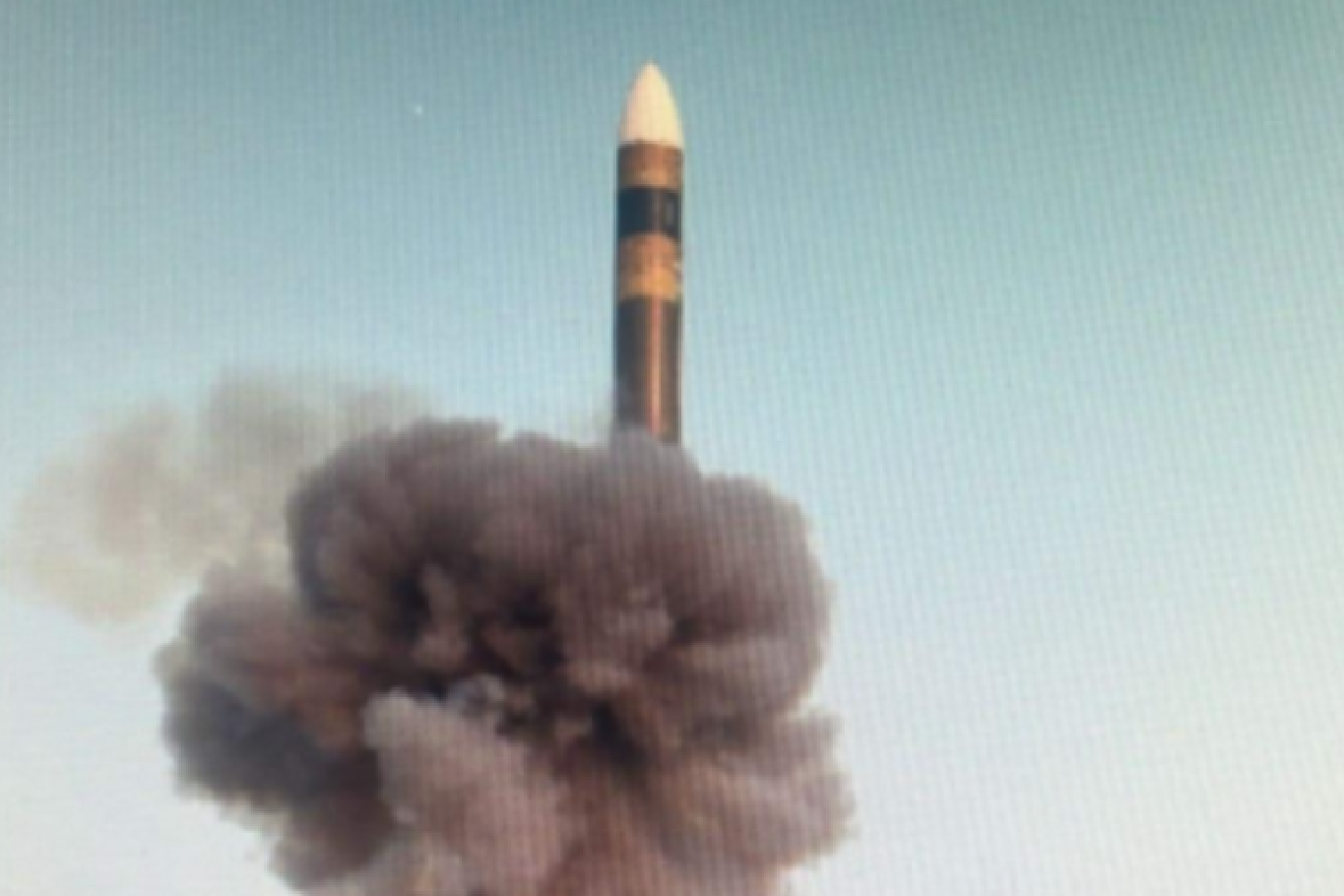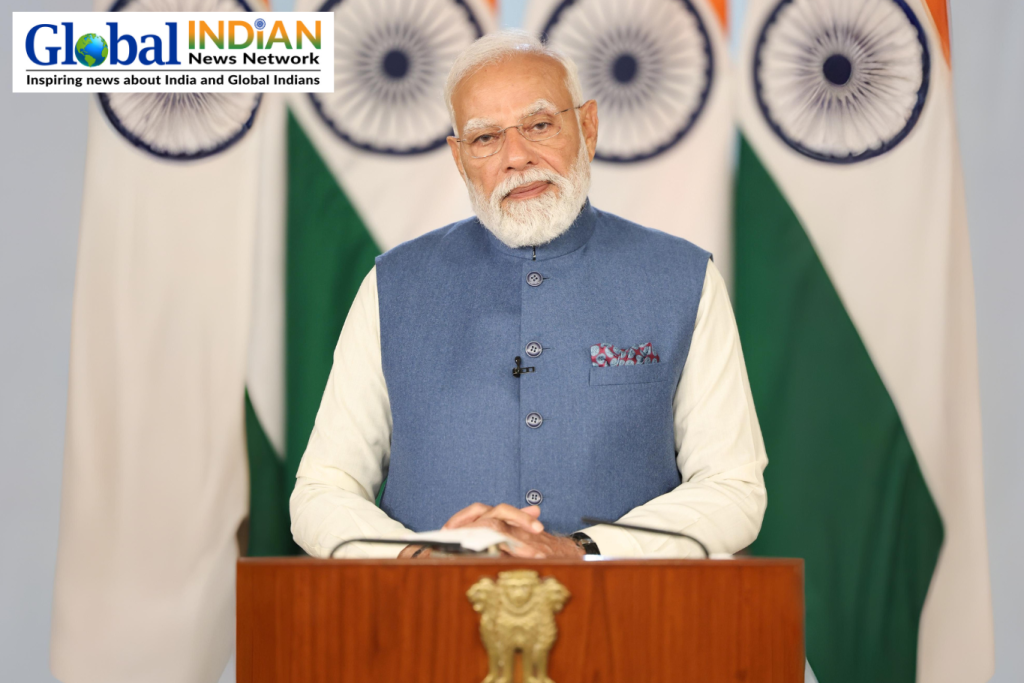
India’s Defence Research and Development Organization (DRDO) recently conducted a milestone flight test of the Agni-5 missile, signifying a significant advancement in the country’s nuclear defense capabilities. The test, known as Mission Divyastra, occurred at Dr. APJ Abdul Kalam Island in Odisha.
Analysts had been anticipating the test of India’s next-generation intercontinental ballistic missile (ICBM) armed with multiple warheads since the Agni-5’s initial full-range test in April 2012. The recent Agni-5 iteration features multiple independently targetable re-entry vehicle (MIRV) technology, enabling it to deploy four to six warheads, each capable of striking separate targets hundreds of kilometers apart. While the test may not have reached the missile’s full 5,000-kilometer range, it focused on demonstrating its ability to deploy multiple warheads effectively.
Prime Minister Narendra Modi commended the DRDO scientists involved in Mission Divyastra, highlighting the successful integration of MIRV technology into the domestically developed Agni-5 missile. Similarly, President Droupadi Murmu praised the achievement, emphasizing its significance in bolstering India’s strategic capabilities and advancing self-reliance in defense technology. This accomplishment aligns with India’s broader goal of achieving greater autonomy and prowess in defense capabilities.










